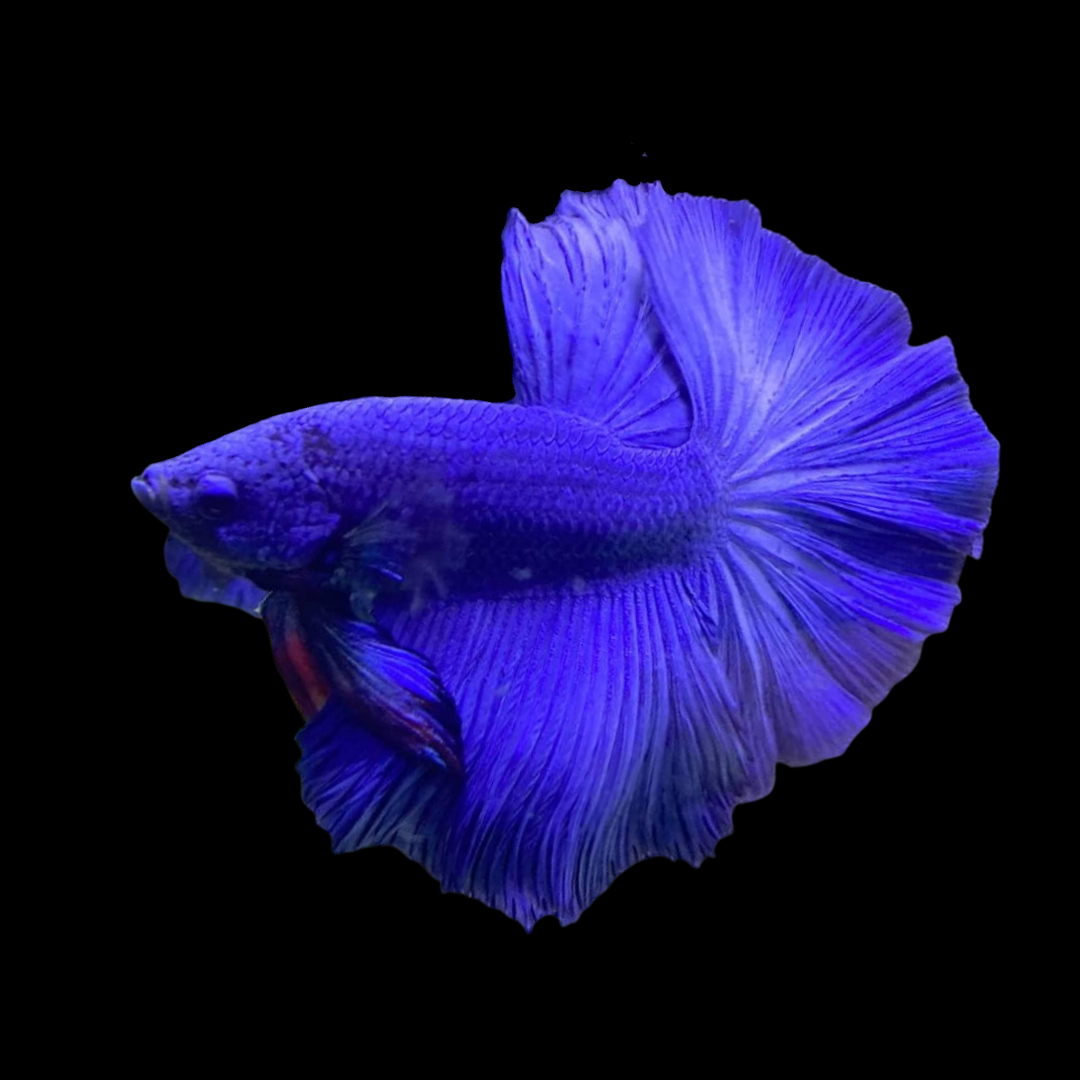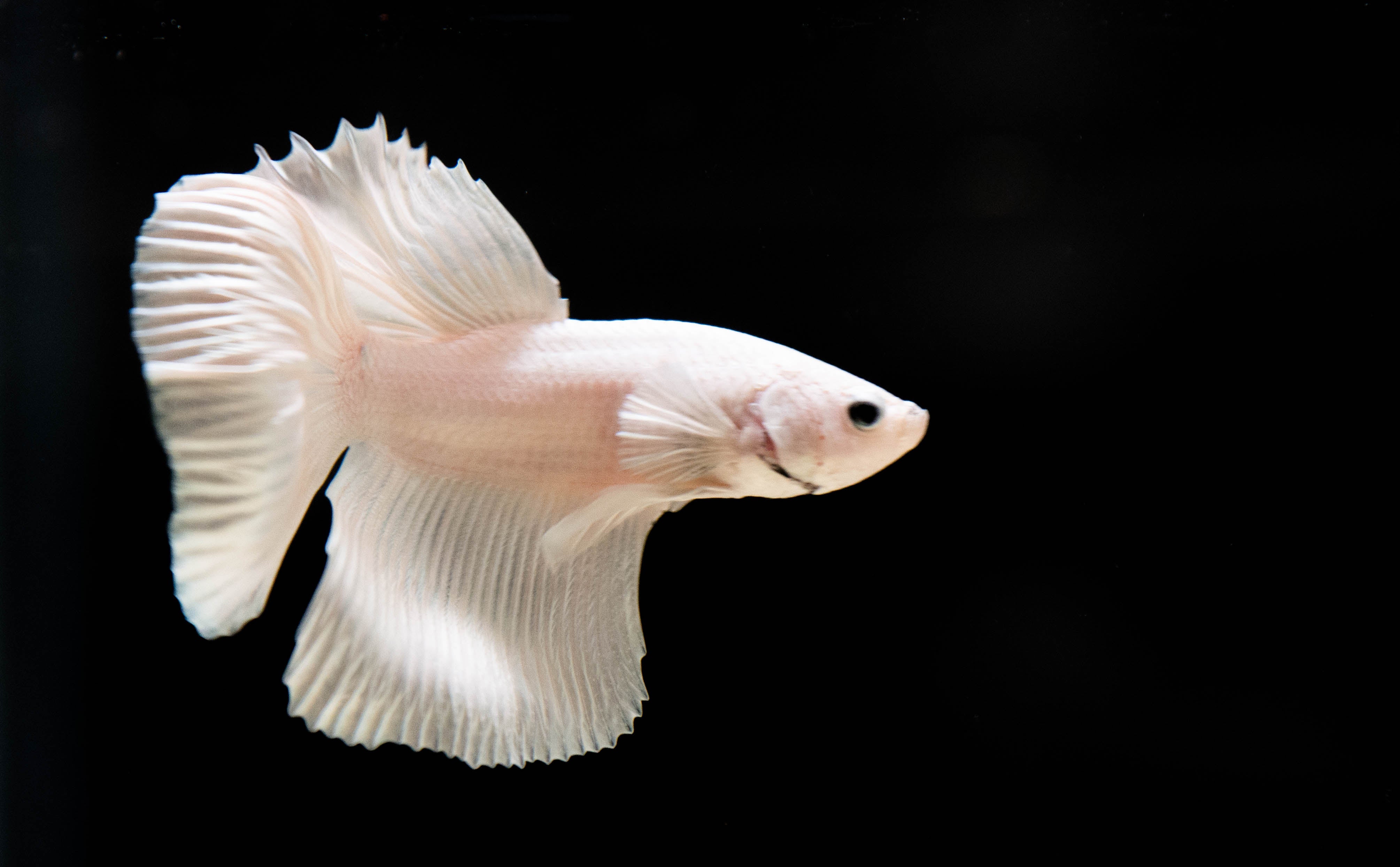Just how to Choose the Right Betta Fish for Your Aquarium
Reproducing Betta Fish: a Comprehensive Step-By-Step Overview to Efficiently Raising Baby Bettas From Eggs to Their Adult Years
Breeding Betta fish is a careful venture that requires mindful preparation and execution to ensure the successful advancement of fry from eggs to grow fish. Picking genetically diverse breeding couple with desirable attributes is only the start; creating an optimum atmosphere and comprehending the complexities of the reproducing procedure are equally crucial. As the male Betta diligently constructs a bubble nest and guards the precious eggs, the subsequent phases of care and shift demand focus to information and knowledge of best methods. Exactly how does one browse the tough yet rewarding path of nurturing these vivid creatures to their adult years?

Choosing Reproduction Pairs
When embarking on the journey of reproducing Betta fish, choosing the right reproduction sets is critical to attaining desirable characteristics and a healthy lineage - betta fish. The very first action in this procedure is to identify the particular qualities you want to boost or maintain, such as color, fin kind, and physique. It is crucial to choose genetically diverse pairs to stay clear of inbreeding, which can bring about wellness problems and undesirable characteristics
Evaluate possible reproducing candidates very carefully. A healthy male Betta should exhibit dynamic shades, an energetic disposition, and well-formed fins, while the woman should also display lively pigmentation and a rounded belly, showing readiness for spawning. Observing the character of both fish is vital, as aggressive or excessively reluctant individuals might not reproduce successfully.
Maintaining documents of the parent fish's ancestry can assist you track genetic qualities and possible issues. Eventually, spending time in the option procedure will considerably boost the possibility of creating solid, vivid offspring that meet your reproduction objectives.

Preparing the Reproduction Container
Creating an optimum reproduction setting is an essential step after selecting appropriate pairs for Betta fish. The reproduction storage tank ought to be specifically made to give comfort and stimulate the all-natural reproduction habits of the fish. Start with a container dimension of at the very least 10 gallons to make sure appropriate space for both the man and women Bettas.
Keep a mild filtration system to maintain the water tidy while preventing strong currents that can worry the fish. Furthermore, an air rock can be contributed to offer oxygenation without interfering with the water surface area way too much.
Temperature regulation is vital; goal for a steady variety of 78-82 ° F(25-28 ° C) utilizing a trustworthy heater. The pH degree must be kept in between 6.5 and 7.5, and routine water modifications are needed to make certain high water high quality.
Include floating plants or spawning sponges to produce hiding spots for the lady, while additionally motivating bubble nest building by the man - betta fish. Make certain the storage tank is complimentary from sharp decorations and any kind of potential threats, as the welfare of the fish must constantly be prioritized during this vital phase of breeding.
The Breeding Process
Commonly, the breeding procedure for Betta fish includes a collection of unique and evident habits that show preparedness for reproduction. The male Betta begins by constructing a bubble nest at the water's surface area, which functions as a website for the fertilized eggs. This nest is important, as it supplies a safe environment for the eggs up until they hatch out.
As soon as the nest is developed, the man will present courtship behaviors, such as flaring his fins and showing vibrant shades to draw in the lady. The woman, upon sensing the man's preparedness, will respond by displaying vertical red stripes along her body, signifying her receptiveness.
The fed eggs then drop to the bubble nest, where the male carefully accumulates and returns them to the nest. Following this, the male assumes responsibility for guarding the nest and making sure the safety of the eggs up until they hatch, normally within 24-36 hours.
Taking Care Of Betta Fry
Caring for Betta fry needs careful interest to their environment and nutrition to guarantee healthy growth and development. After hatching, Betta fry are very tiny and vulnerable, demanding a steady and clean habitat.
Feeding Betta fry is just as crucial. They must be supplied infusoria or finely crushed high-grade fry food, see here as their mouths are as well tiny to take care of bigger fragments. As visit this site they expand, you can progressively present larger foods, such as child brine shrimp or powdered flakes, to guarantee they get sufficient nutrition. Feed them small quantities several times a day, being careful not to overfeed, which can lead to water high quality concerns.
Transitioning to Adult Bettas
As Betta fry fully grown, transitioning them to grown-up Bettas is a crucial phase that calls for careful administration of their atmosphere and social interactions. This procedure generally begins when the fry get to around 6 weeks of age, at which factor they can be slowly presented to a more structured living environment.
To promote this change, it is crucial to make sure that the water specifications-- such as temperature, pH, and ammonia degrees-- are ideal and secure. Grown-up Betta fish grow in cozy water (around 78-80 ° F) with a pH of 6.5 to 7.5. Progressively accommodate the fry to these problems to reduce tension.
Social interactions are an additional essential variable; male Bettas are infamously territorial and aggressive. It is advisable to separate men into individual tanks as they grow. Women Bettas can be housed with each other, yet treatment must be required to keep an eye on for indicators of aggression.
In addition, dietary modifications should be made as the fry grow. Incorporate top notch pellets and live foods to support their development and wellness. By taking care of these factors properly, you can promote a successful change to their adult years for your Betta fish.

Conclusion
Effective breeding of Betta fish requires careful focus to information throughout the whole process, from picking genetically diverse pairs to supplying optimal treatment for fry. Additionally, a balanced diet regimen and steady adjustment to grown-up go now atmospheres are important for the growth and growth of Betta fish.